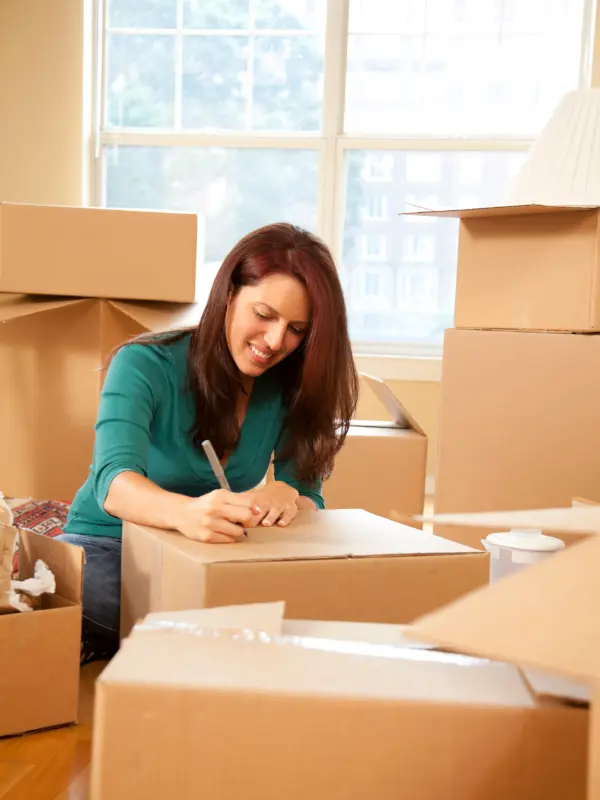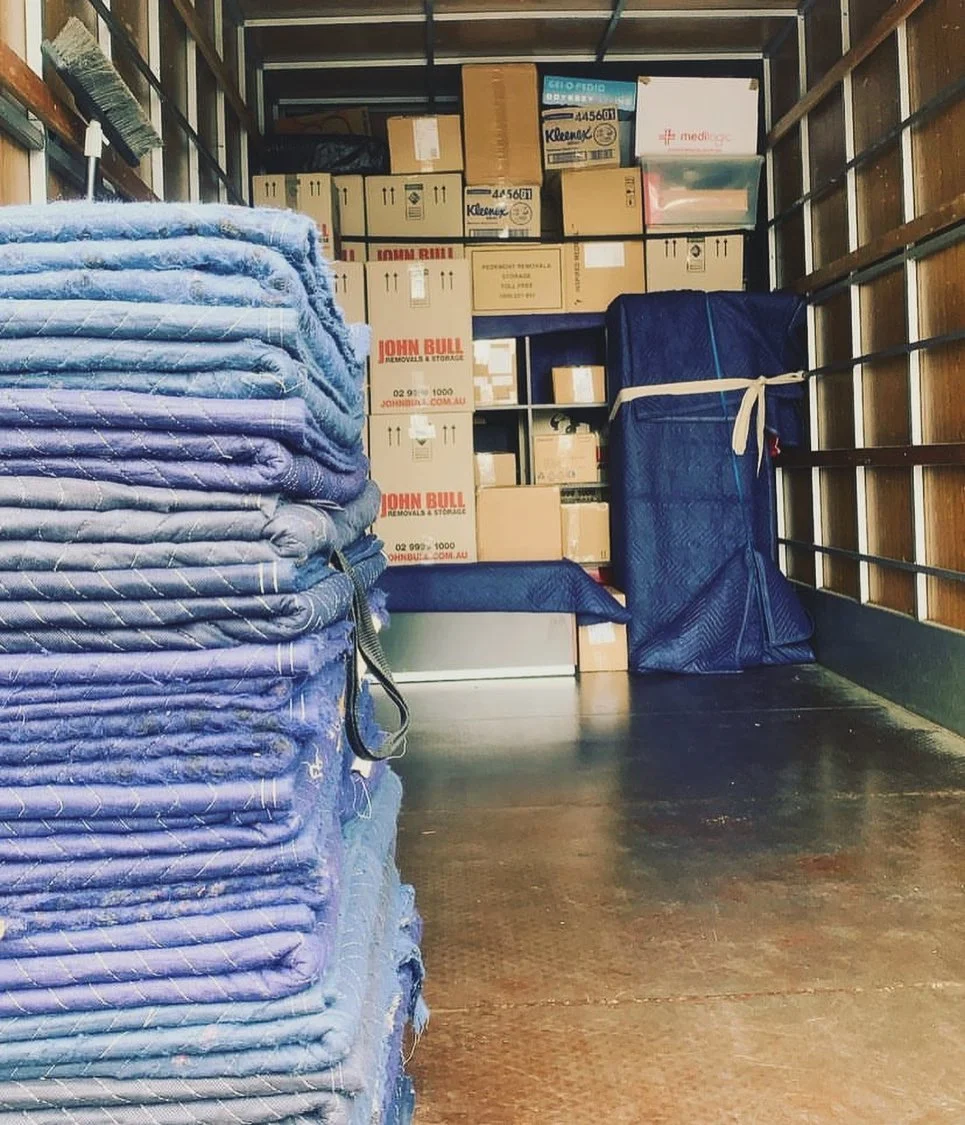
When it comes to moving, packing is only half the battle — unpacking is where things can get really tricky. You’ve carefully wrapped your fragile items, loaded up your moving truck, and are now ready for the next chapter in your new home. But what happens when you arrive at your new place and need to find that one box with your kitchen essentials or bedroom linens? The key to making your unpacking process seamless is proper labeling.
Labeling your moving boxes is more than just writing a quick description of what’s inside. It’s about creating a system that allows you to unpack efficiently, avoid frustration, and quickly settle into your new home. The better you label your boxes, the less time you’ll waste searching through stacks of unmarked boxes or making multiple trips to the storage unit to find that one missing item.
Clear labeling is especially critical when dealing with packing fragile items, ensuring your movers know which boxes require the most delicate handling.
An effective box labeling strategy goes hand-in-hand with your packing checklist. By taking a few extra steps during the packing process to clearly mark your boxes, you’ll not only save time but also reduce stress. After all, no one wants to be sifting through dozens of boxes labeled "miscellaneous" when you’re just trying to find your toothbrush or coffee maker on day one in your new home.
In this guide, we’ll cover the best practices for labeling your boxes, so you can unpack efficiently and turn your new house into a home with minimal hassle. Whether you’re moving locally or across the country, clear labeling is a game-changer. We’ll show you how to categorize your belongings, use color coding, and provide specific details on your labels that will make unpacking a breeze.
Let’s break down how to approach this important task — because the easier your unpacking is, the quicker you’ll be able to start enjoying your new space. A little time invested in labeling now means you can spend your first day in your new home actually settling in — instead of wasting hours looking for essentials.
Phone for More TipsWhen it comes to moving home, packing is just one part of the equation. What happens next — unpacking — is often where the real challenge lies. After all, you’ve just moved everything from your old home into a moving truck and transported it to a new location. The last thing you want is to waste time digging through unmarked boxes to find your toothbrush or your favorite coffee cup. The good news is that you can make unpacking a breeze with one simple strategy: proper box labeling.
Effective box labeling not only helps you quickly locate what you need but also saves you time, energy, and stress. A little effort spent on clear and detailed labels now will allow you to hit the ground running once you arrive at your new home. The goal is to make it as easy as possible to find exactly what you need, when you need it, whether it’s on moving day or during the first week in your new place.
Here’s a 4-step guide to properly label your boxes for a stress-free unpacking experience, so you can get settled into your new home faster and with less hassle.
Before you start labeling, take a moment to categorize your items. Group them into major rooms or functions (e.g., kitchen, bedroom, living room, bathroom, garage). This will help you assign a clear category to each box. Prioritize boxes you’ll need first, such as essentials like toiletries or kitchen tools, and label them as "Urgent" or "First Unpack." This system helps you avoid searching for everyday items amidst piles of boxes labeled "miscellaneous."
Be specific with your labels. Instead of just writing "books" or "clothes," note the exact contents: “Books – Living Room Shelf” or “Winter Clothes – Bedroom Closet.” This ensures you know exactly what’s inside without opening the box. Consider numbering your boxes as well (e.g., "Box 1 of 10"), so you can track how many boxes you’ve packed and ensure nothing gets lost in the process.
Color coding is an excellent way to simplify the unpacking process. Assign each room a specific color — for example, blue for the kitchen, green for the bedroom, and red for the bathroom. You can mark your boxes with colored tape or labels to easily identify where each box belongs. This visual system makes it faster and easier to place your boxes in the correct rooms when you arrive at your new home.
For fragile items or special packing needs, include detailed instructions like "Handle with Care," "This Side Up," or "Fragile – Glassware." These labels not only protect your items during transport but also help movers handle them properly. If you’ve packed anything that requires specific attention (like electronics or heavy items), make sure your label clearly reflects that so you can give it the necessary care when unpacking.

At Bay City Removals, we understand that a successful move goes beyond just loading and unloading boxes. Proper packing and labeling are essential to ensure your move is as smooth as possible. From fragile items to heavy furniture, we know exactly how to organize your belongings so that everything arrives safely and efficiently at your new home.
Our experienced team takes extra care in labeling your boxes with precise descriptions and color codes, making your unpacking process hassle-free. We help you categorize, prioritize, and label each box, ensuring that when you arrive at your new place, you can quickly find what you need without sifting through unmarked boxes. Whether you’re moving locally or long-distance, our attention to detail ensures your items are packed, labeled, and transported with the utmost care.
At Bay City Removals, we don’t just move your belongings — we move them with thoughtfulness, precision, and efficiency. Our packing services, combined with our expert labeling system, guarantee that your move will be well-organized and stress-free. When you choose us, you’re choosing a team that truly understands the complexities of moving, packing, and labeling. Let us help make your next move as seamless as possible.
© 2024 Bay City Removals - All Rights Reserved - Designed by